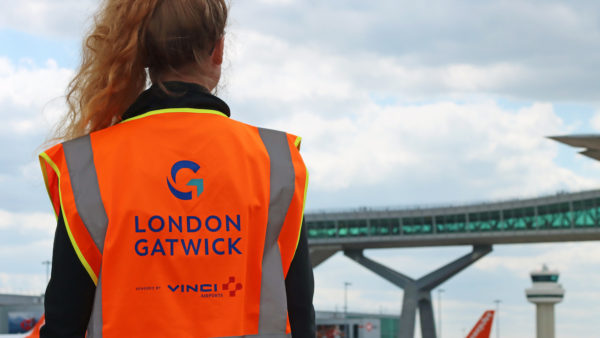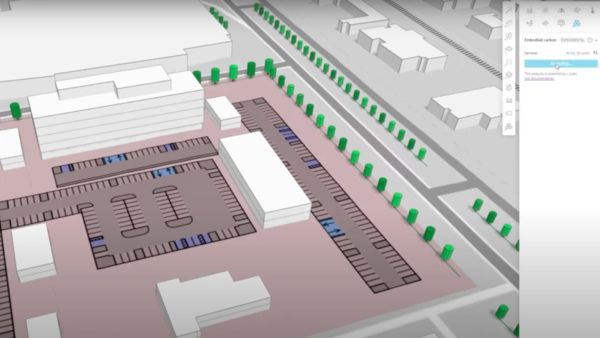Alex Jones, national BIM manager at Interserve, currently the only contractor to be accredited as BIM Level 2 compliant under the BRE Global’s Business Systems Certification scheme, explains why the company decided to become certified.
Why was it important for Interserve to become independently certified as BIM Level 2 compliant?
With the BIM Level 2 mandate set for 2016 it was critical that we developed and now continue to demonstrate a level of competency as the public sector represents an important and significant proportion of our construction portfolio. We have also witnessed an increase demand for digital delivery from our private clients too.
We recognise BIM’s role as a key vehicle for delivering best value to our customers and a collaborative approach which brings added certainty to delivery. We therefore decided to commit to developing the tools, processes and training required to be Level 2 compliant and BRE’s Global Business Systems Certification scheme has allowed us to benchmark ourselves within the industry.
What benefits have you gained from being BIM Level 2 certified?
Externally we are frequently asked and seek to demonstrate to our clients and supply chain in the bid stages that we are capable of managing an effective BIM-to-build-to-FM process that meets the bespoke needs of our customers and that complies with current standards. For this to be validated by an independent third party should prove reassuring. Internally, we can now confidently build on this platform and continue our investment into digital delivery.
What was challenging about the certification process?
We have a robust quality management system with numerous system owners that needed to be consulted and updated to reflect new methods of working, emerging documents and terminology. We had developed much of this working material to serve projects and we’ve contributed to the development of best practice material in BIM Special Interest Groups, which gave us an advantage.
We still needed to rationalise this material into concise documents/templates held centrally to meet the needs of the certification standards. Having done this we then challenged ourselves to ensure the materials remained understandable to the layperson when being used in the field. The process itself was straightforward but challenging in that it was so thorough.
Were there any areas where you had to adapt new processes to become certified?
We had been working on creating an effective and well-structured Master Information Delivery Plan (MIDP) in lieu of worked examples. I think that undergoing the certification process prompted us to finally develop this missing piece, which is now working well.
A routine assessment of our supply chain partners was already underway and is now subject to a digital competence review, but I’d suggest that this could catch people out if they hadn’t started before engaging in this process. Otherwise we were in good order having executed a number of BIM Level 2 projects.
Are you surprised that you are the only contractor to be certified so far?
A little, chiefly because our clients regularly ask us if we have certification (even before a certifying body was available), but the scheme itself is not that old nor is it a formal requirement.
I talk with my peers and go to enough events to know that there is a huge range in maturity out there with some pockets of real excellence; we’re clearly not the only contractor investing here.
I think we had an advantage given our work with government pilot projects, which had already helped to refine our approach/materials. I’m delighted that the Interserve board saw benefit in a third party evaluating and certifying our processes.
Do you expect other contractors to follow you and become certified?
Several of my peers have reminded me that there is no formal requirement to certify, some of whom have begun the application process I believe. I’d personally like to see more contractors join us as we embrace and support new common working practices to help improve our industry as was the founding intent with driving BIM Level 2 through the Government Construction Strategy.

A routine assessment of our supply chain partners was already underway and is now subject to a digital competence review, but I’d suggest that this could catch people out if they hadn’t started before engaging in this process.– Alex Jones, Interserve















